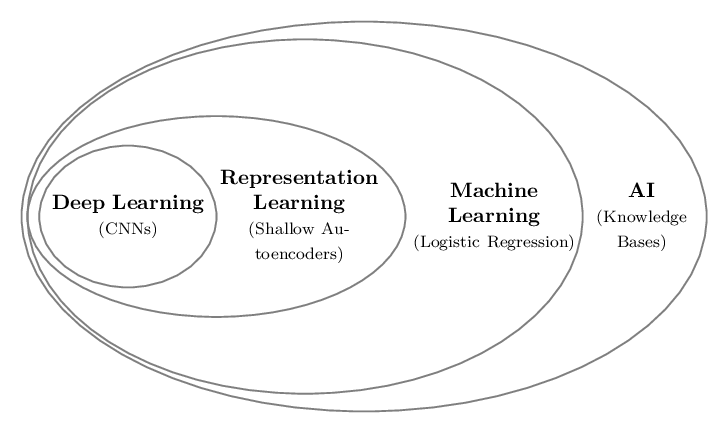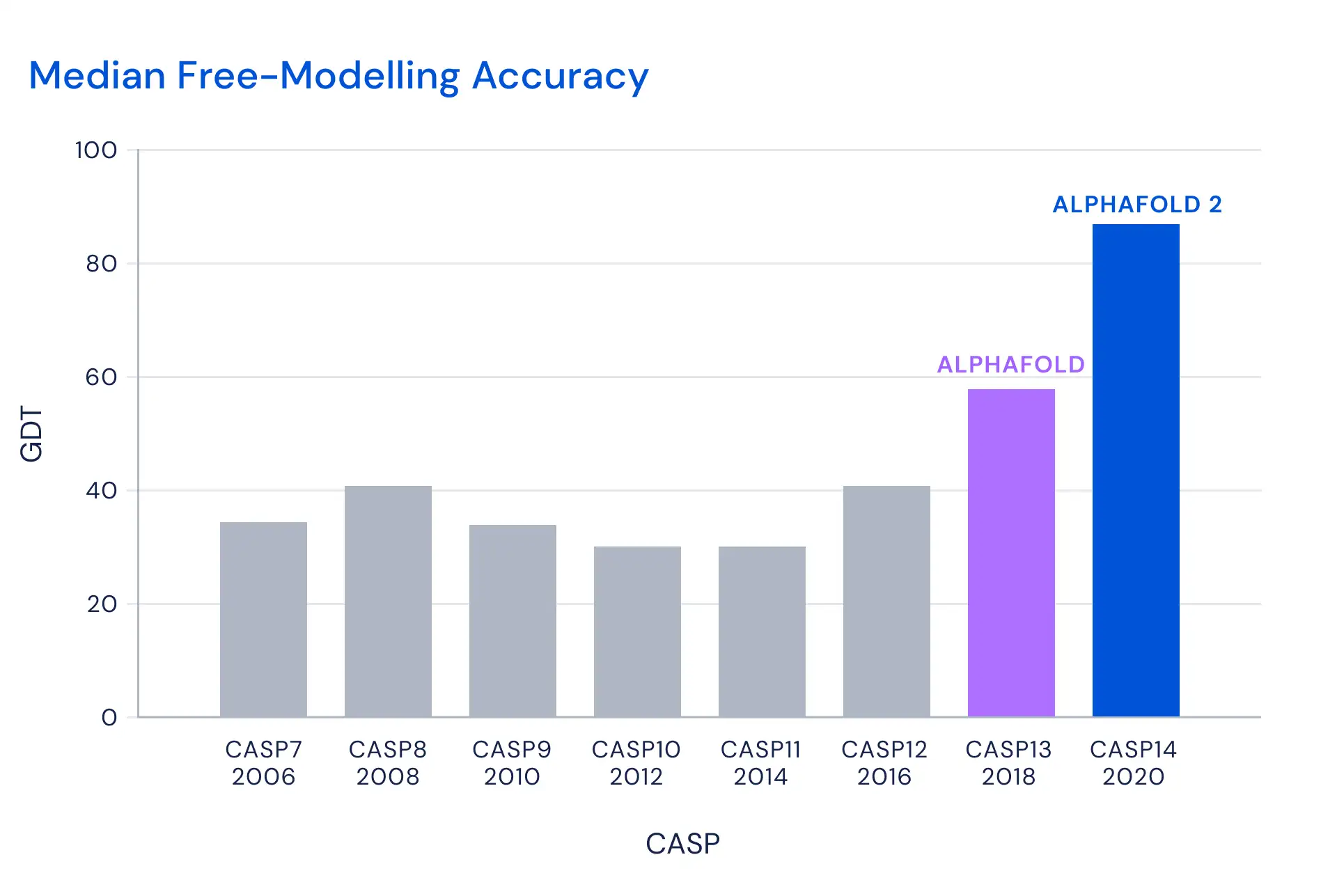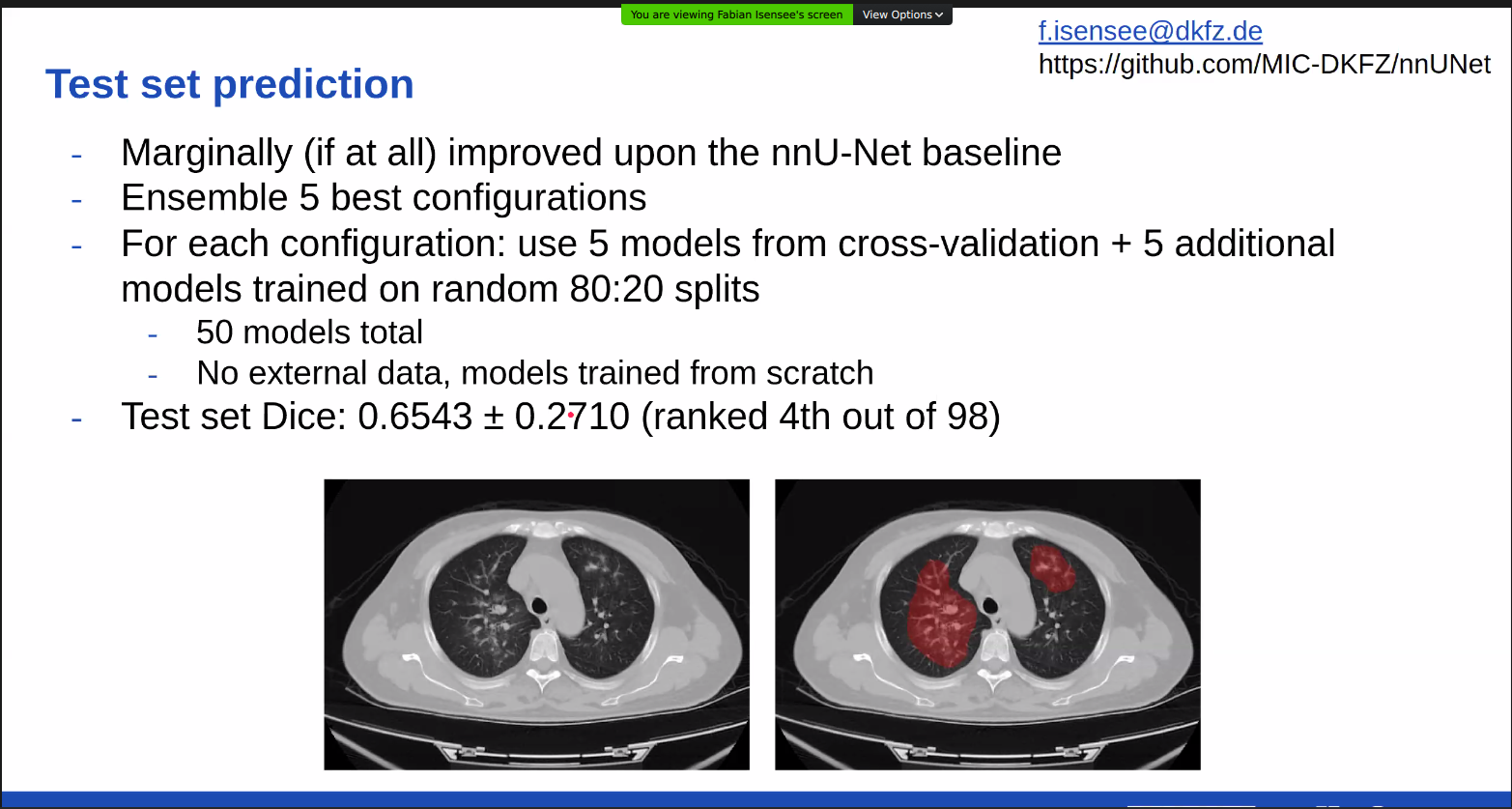Deep Learning in 540 minutes
Peter Steinbach
(HZDR)
Somewhere, 2021
An introduction to …
what?
data science,
machine learning,
deep learning
Data Science
Data science is an inter-disciplinary field that uses scientific methods, processes, algorithms and systems to extract knowledge and insights from many structural and unstructured data. Data science is related to data mining, machine learning and big data.
Machine Learning
Machine learning (ML) is the study of computer algorithms that improve automatically through experience. It is seen as a part of artificial intelligence. Machine learning algorithms build a model based on sample data, known as “training data”, in order to make predictions or decisions without being explicitly programmed to do so.
Deep Learning
Deep learning (also known as deep structured learning) is part of a broader family of machine learning methods based on artificial neural networks with representation learning. Learning can be supervised, semi-supervised or unsupervised.
Putting it all together

ML today
AlphaFold2

Fighting Deseases with DL

Predicting River Tides

ML has become a tool for science
Teaching this introduction
The No Free Lunch Theorem by David Wolpert
Averaged over all possible data generating distributions, every classification algorithm has the same error rate when classifying previously unobserved points.
How well you do is determined by how ‘aligned’ your learning algorithm P(h|d) is with the actual posterior, P(f|d).
In the next 3 days …
- 100 people
- not in one place due to pandemic
- all online (including distractions)
- from newbie to pro?
What I can however aspire to …
What motivates me …
,,Helping the students with less computing background succeed makes a much bigger difference for society long-term than does keeping entertained the most privileged students." (Mark Guzdial, 2020)
For the bored …
What you can expect: adapted inverted classroom
- instructions as video
- each learner decides the speed
- can be completed outside class
- learning in teams - together
- many exercises (more than you can complete)
How this will work
We set up teams of about 10 learners!
Each team …
- has one instructor
- has one zoom room
- has one mattermost channel
- has one hackmd pad for notes
There are 8 lessons!
each lesson designed for 1h
during each lesson
- watch the video
- answer the check-your-learning together
- conduct an exercise (if time permits)
Your instructors
- Steve Schmerler
- Dominik Thalmeier
- Gerome Vivar
- Dominik Vilsmeier
- Peter Steinbach
Thank you!
Agenda
- Enter Clustering
- From Clustering To Classification
- Classification Performance ROCs
- Classification by a Neural Network using Keras
- Monitor the training process
- Networks are like onions
Summary
Learn!
- be positive
- help each-other (hackmd)
- communicate (mattermost)
- decide together
Thank you for your Attention!
Questions, Concerns, Feedback?